The oldest tourist attraction in every state
Gabbi Shaw,Lia Ryerson

- The US is packed with landmarks that reflect its rich history.
- Arizona's Grand Canyon or Wyoming's Old Faithful are ideal for any nature buff.
- There are also quaint farmhouses and historic forts scattered across the country.
ALABAMA: Fort Morgan in Gulf Shores
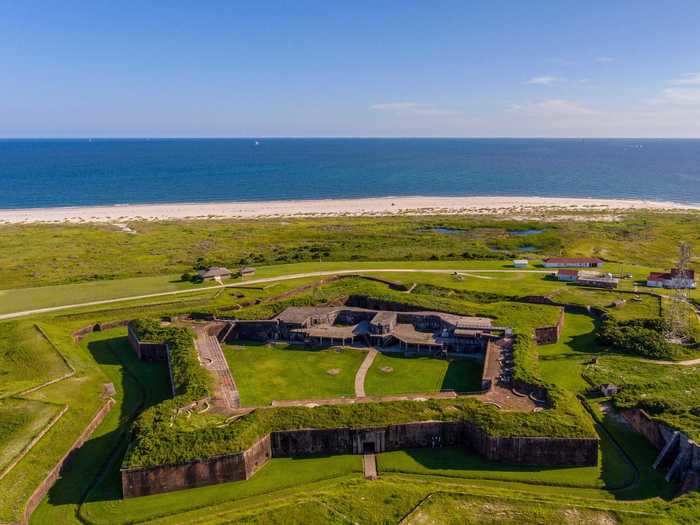
Construction on Fort Morgan began in 1819. It was meant to create a more permanent military presence on the Gulf Coast of Alabama after the Spanish left Mobile in April 1813, and British naval attacks in 1814 and 1815. Fort Morgan replaced Fort Bowyer, a wood construction.
Tours of the fort are available and focus on its role in the Civil War.
ALASKA: Erskine House in Kodiak
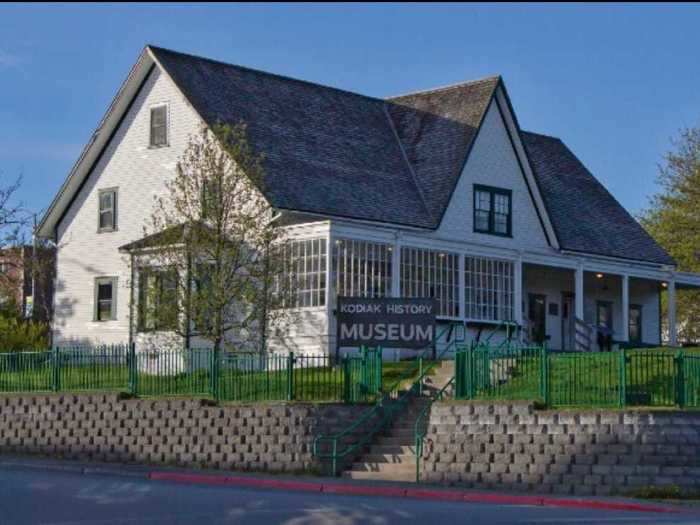
Grigorii Shelikhov established the settlement of Kodiak — the first Russian settlement in Alaska — in 1784. Between 1805 and 1808, his company built around 50 buildings, one of which is the Erskine House. The building, which started as a warehouse or store, is now the oldest building in Alaska.
The Erskine House now houses the Kodiak Historical Society and Baranov Museum.
ARIZONA: The Grand Canyon
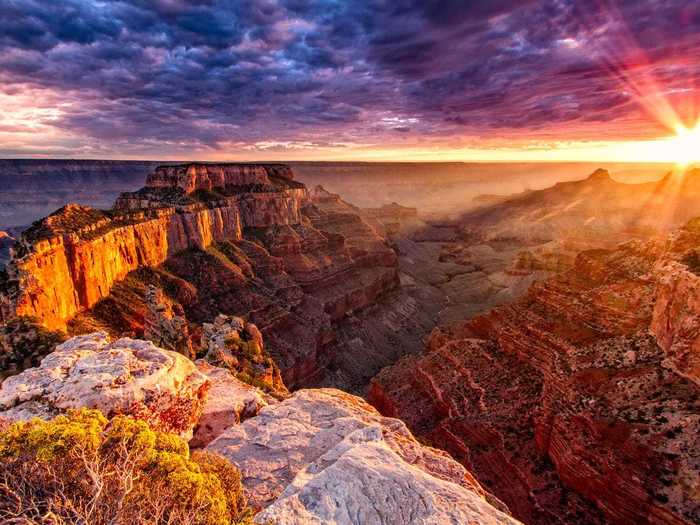
There is much debate in the geological community about how old the Grand Canyon actually is. Some theories state that it's close to 70 million years old, but the most widely accepted answer is around 6 million years.
At 277 miles long, the Grand Canyon is huge — and, according to Statista, extremely popular. In 2019, 5.97 million people visited the park, making it the second-most-visited national park in the US that year, after the Great Smoky Mountains National Park.
ARKANSAS: Hot Springs National Park in Hot Springs
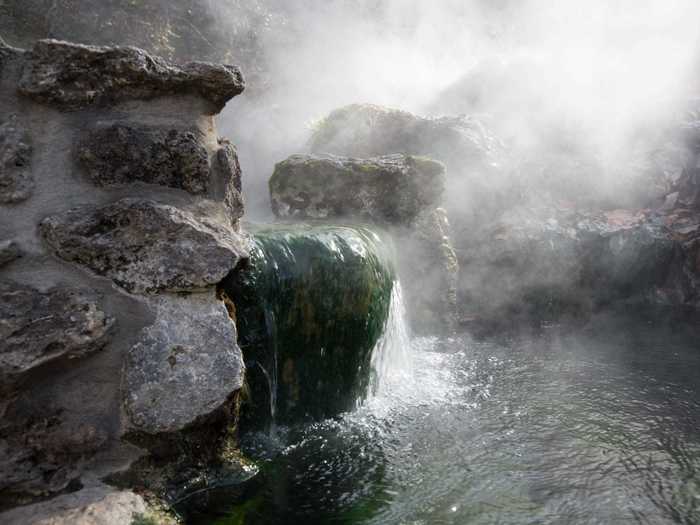
The first European to visit the Arkansas Hot Springs was Hernando de Soto in 1541 — Native Americans in the area had been going for much longer, but Spanish and French settlers claimed the area in the mid-1500s.
The springs were designated a federal reservation in 1832 by President Jackson, the first time land had been set aside by the federal government for recreational purposes (Yellowstone came in 1872).
The only way to experience the hot springs, which surround the town of Hot Springs, Arkansas, is by going to one of the bathhouses. The largest on Bathhouse Row is The Fordyce, which was built in 1915.
CALIFORNIA: Death Valley National Park
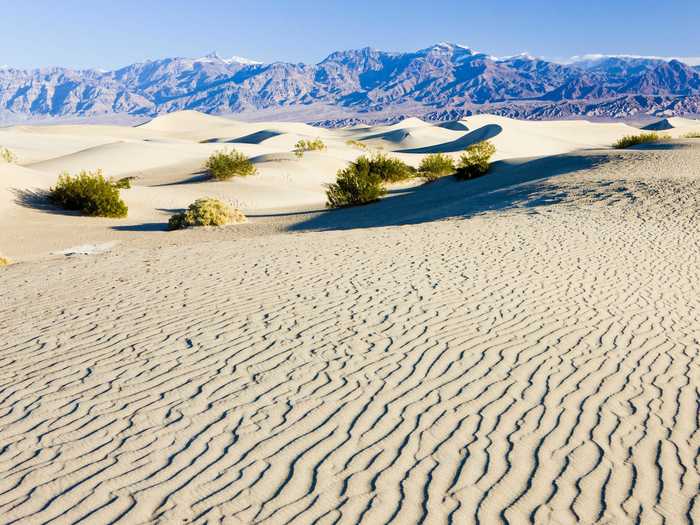
The oldest rocks in Death Valley are 1.7 billion years old — the average ones "only" date back 500 million years. So in addition to being one of the hottest, driest, and lowest places in the US, it's also ancient.
Death Valley is located in southeastern California, around 100 miles west of Las Vegas. Dante's View is a good starting point to see a breathtaking view of the Valley.
COLORADO: Cliff Palace in Mesa Verde National Park
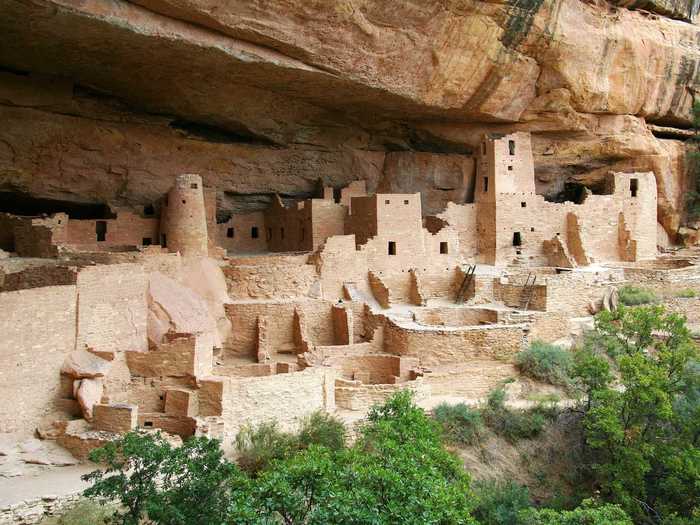
Cliff Palace, a cliff dwelling community constructed by Ancestral Puebloans between 600 and 1300 AD, is located within Mesa Verde National Park. It's the largest cliff dwelling in North America, with 150 rooms and 23 kivas (round sunken rooms of ceremonial importance).
The park is now open for ranger-guided tours only.
CONNECTICUT: Henry Whitfield State Museum in Guilford
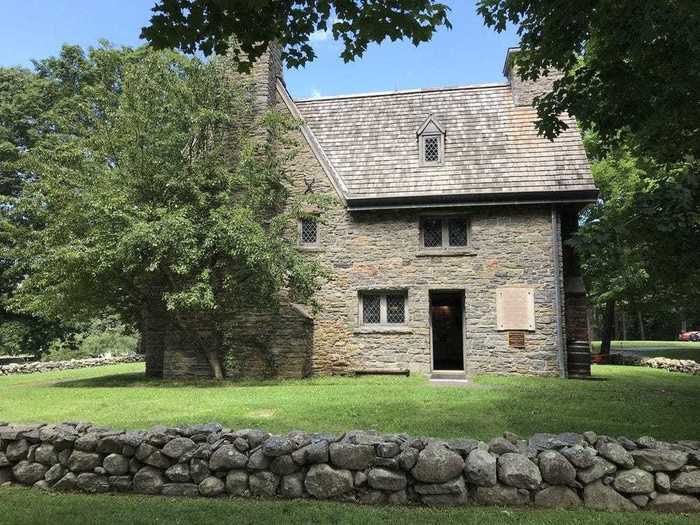
Puritan minister Henry Whitfield's home was built in 1639, making it Connecticut's oldest house, New England's oldest stone house, and Connecticut's first state museum, according to Culture and Tourism. Whitfield was the leader of a group of English Puritans who fled England to escape religious persecution.
DELAWARE: Historic New Castle
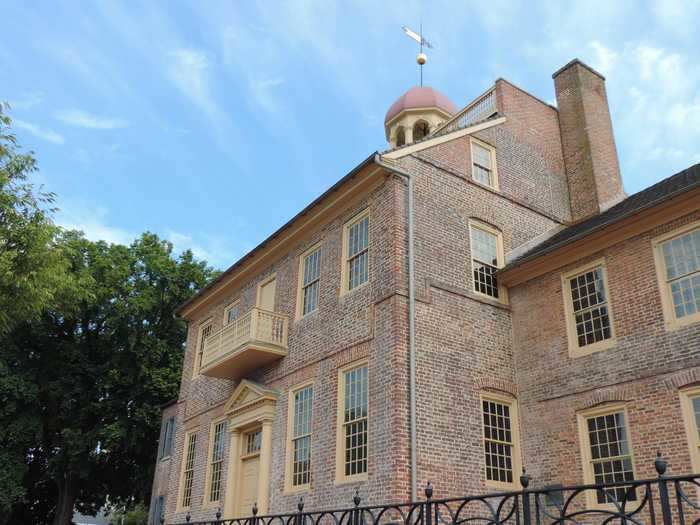
The town, also called Old New Castle, dates back to the 1600s — it was briefly the capital of Delaware (the first state). Many of the original buildings have been preserved, and according to New Castle's website, it's second only to Williamsburg, Virginia, in its authenticity and number of historic structures.
You can visit the New Castle Court House Museum, the first court and state capitol of Delaware.
WASHINGTON, DC: The Old Stone House
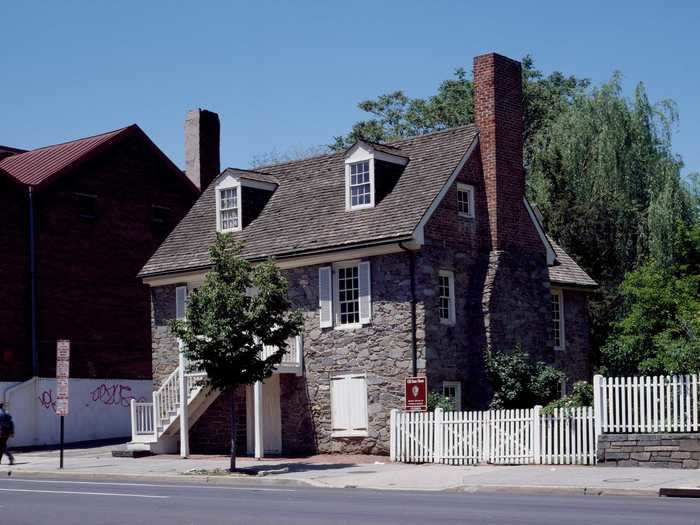
The Old Stone House was built in 1765 in what was originally the colony of Maryland, making it the oldest structure on its original foundation in DC. The reason for its preservation is actually due to case of mistaken identity.
George Washington and Pierre L'Enfant, a city planner, stayed in Suter's Tavern (owned by John Suter) while they were establishing relationships with local merchants. Suter's son, John Jr., owned a clock shop that eventually would become the Old Stone House. Over time, the two Johns were mixed up, and the Old Stone House was preserved as a location where Washington stayed.
FLORIDA: St. Augustine
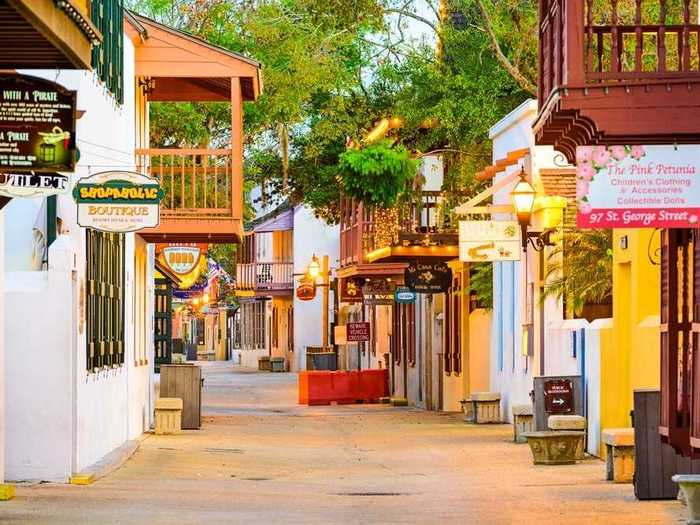
St. Augustine is located on the Atlantic coast of northern Florida. It was founded in 1565 by Spanish explorers, making it the oldest continuously occupied European settlement in the US.
There are multiple historical sites to visit within the city, such as the Castillo de San Marcos, a 17th-century fortress established by the Spanish Empire.
GEORGIA: The Pirates' House in Savannah
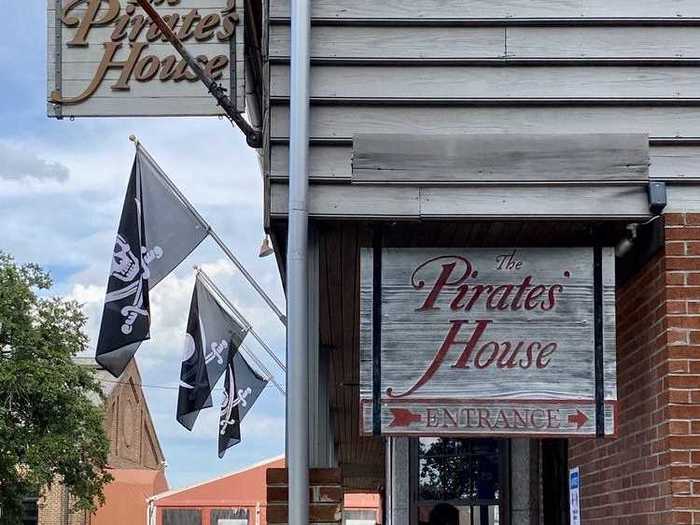
The Pirate's House has been an operating tavern and restaurant since 1753, but part of the structure that's known as the Herb House dates back to 1734. The building is believed to be haunted by the ghosts of pirates that used to frequent the bar.
HAWAII: Hawaii Volcanoes National Park
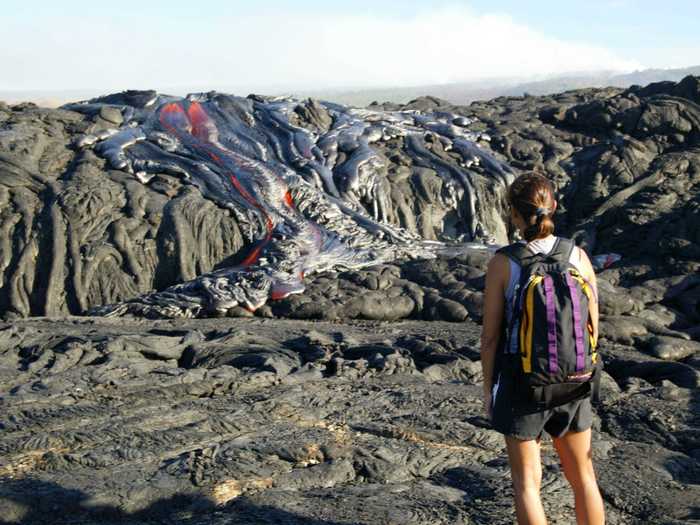
Hawaii Volcanoes National Park is located on the Big Island, and has an area of 333,000 acres. In addition to a lot of hiking options, bike trails, and cultural programs, the park contains multiple volcanoes — including two live ones.
One of them, Kīlauea, is believed to be between 300,000 and 600,000 years old, and has been erupting since 1983. The other active volcano, Mauna Loa, is believed to be between 600,000 and 1 million years old, and it is the world's largest volcano.
IDAHO: The Mission of the Sacred Heart in Cataldo
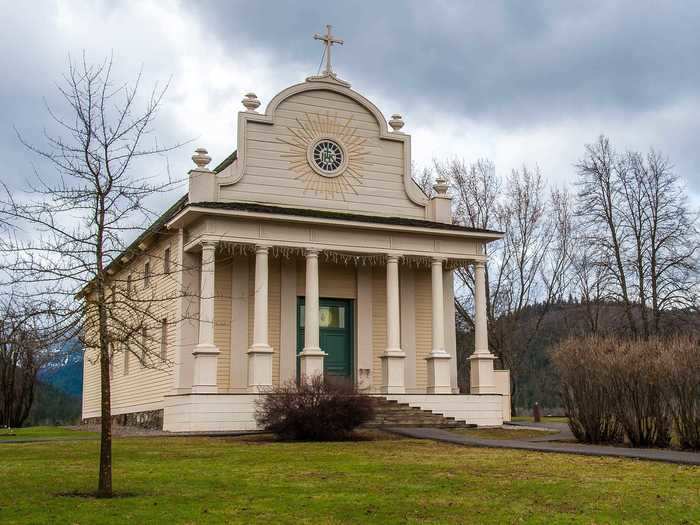
The Mission of the Sacred Heart is the oldest building in Idaho. It was built sometime between 1850 and 1853 by Catholic missionaries and members of the Coeur d' Alene tribe. The national park the building sits in is actually named for the structure — Coeur d'Alene's Old Mission State Park.
Inside, the mission is currently housing an exhibit entitled "Sacred Encounters: Father De Smet & the Indians of the Rocky Mountain West," which tells the story of Jesuit missionaries that came to the area and the effects that the missionaries and the Native American tribes had on each other, with artifacts from the time.
ILLINOIS: Cahokia Mounds in Collinsville
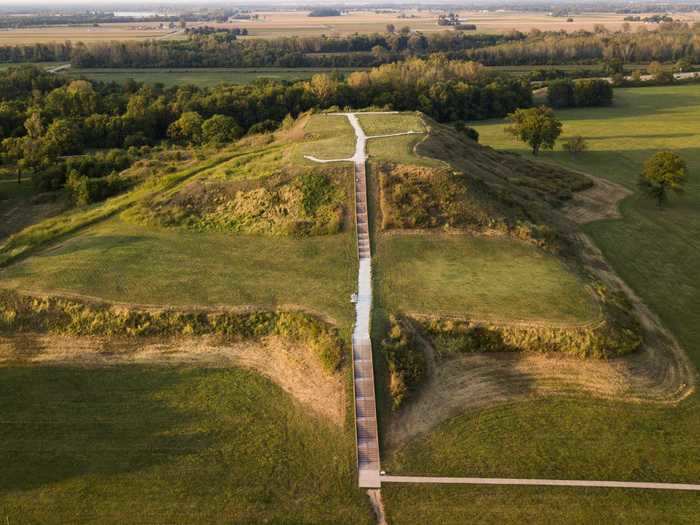
According to UNESCO, the Cahokia Mounds are remnants of the "largest pre-Colombian settlement north of Mexico." The ancient settlement was first established in 800 AD, and is said to have been larger than London during its peak in 1250, with a population of 10 to 20,000. One of the most popular sites, the Monks Mound, is the largest prehistoric earthwork in the Americas.
INDIANA: Indiana Territorial Capitol in Vincennes
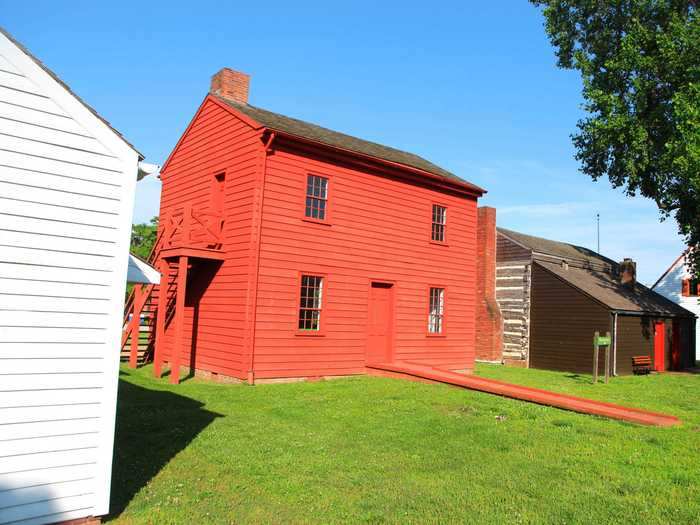
The Indiana Territorial Capitol is in Vincennes, Indiana, which was the first capital of the Indiana Territory, and even briefly the capital of the entire Louisiana Purchase, making it only second to DC in terms of the amount of land it governed. The capitol building was constructed in 1805, and it can be visited in the Vincennes State Historic Sites park.
IOWA: Louis Arriandeaux Log House in Dubuque
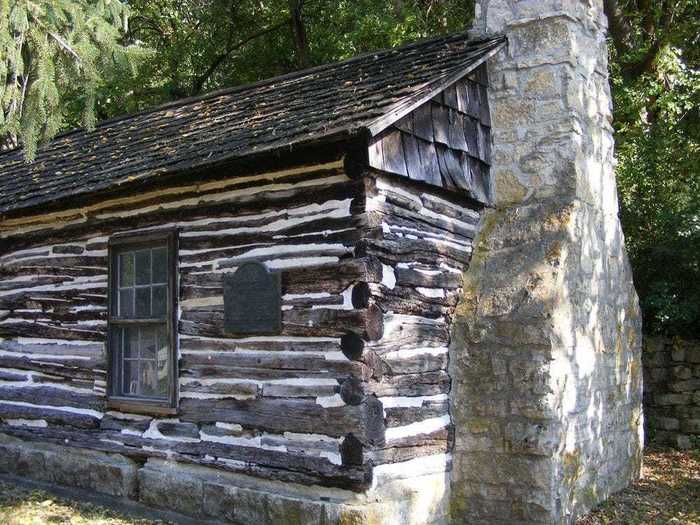
The Louis Arriandeaux log house, which belonged to the pioneer settler William Newman, is estimated to have been built from 1827 to 1833.
While the cabin was restored and moved from its original location at Second Street and Locust Street to Eagle Point Park, it now provides a fascinating window into the past, demonstrating how people lived on the frontier.
KANSAS: Fort Leavenworth
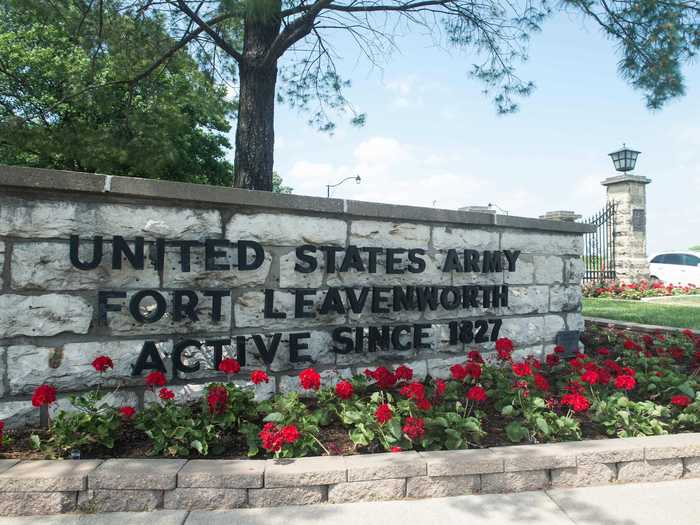
Fort Leavenworth, built in 1827, is the oldest active Army post west of the Mississippi River. It's also the oldest permanent settlement in Kansas and home to the Department of Defense's only maximum security prison.
Fort Leavenworth is normally open to the public, albeit with a high level of security, but due to the pandemic it's closed to visitors.
KENTUCKY: Locust Grove in Louisville
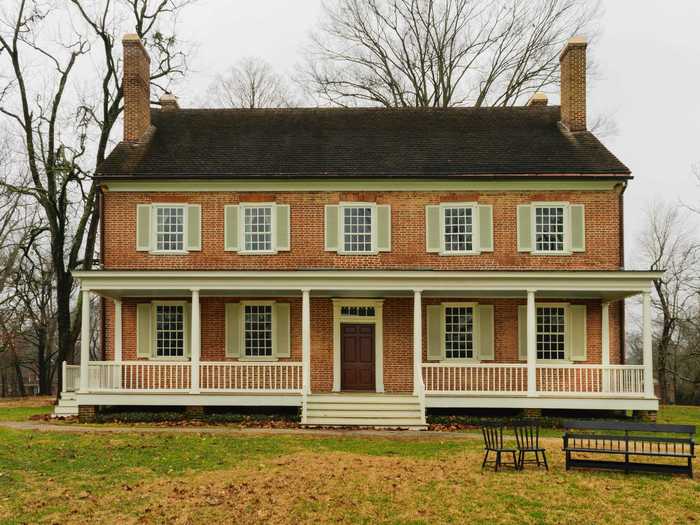
Locust Grove is a 55-acre estate in Louisville, built by the Croghan family in 1790. The home was frequently visited by prominent American figures, like James Monroe, Andrew Jackson, and John James Audubon. Lucy Clark Croghan also once hosted her brother and his traveling companion: William Clark and Meriwether Lewis (explorers Lewis and Clark).
LOUISIANA: Jean Lafitte's Blacksmith Shop in New Orleans
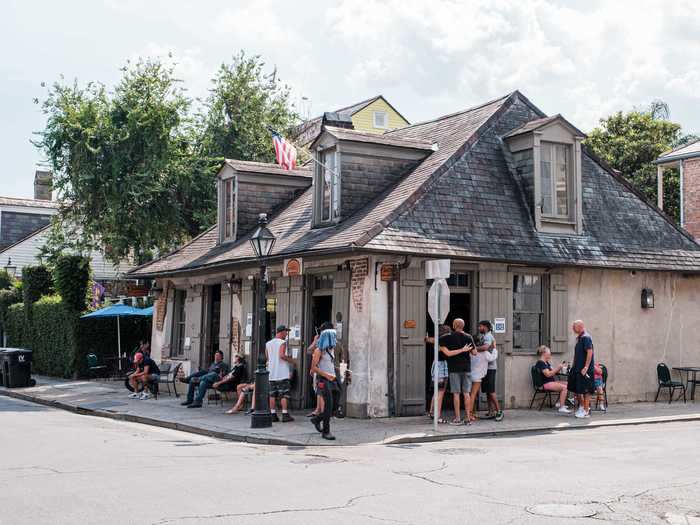
Jean Lafitte's is the oldest building in New Orleans, and the oldest structure used as a bar in the US. It was built in 1722 and originally functioned as a blacksmith shop, though many believe that Jean Lafitte (a privateer) and his brother Pierre (a blacksmith) used the shop as a front for illegal activity. However, no proof of this has ever been found. The shop was turned into a café and bar in the '40s.
MAINE: Old York Gaol in York
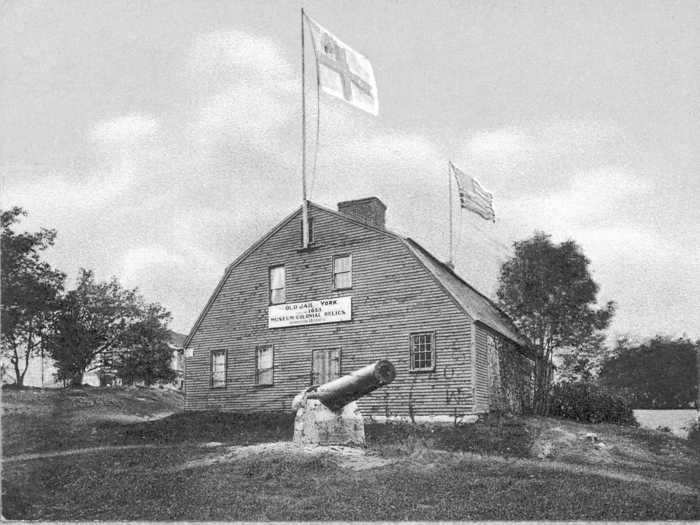
The Old Gaol (Jail) was built in 1719 and is America's oldest royal prison. The Gaol is just one part of an area known as Old York, one of the country's earliest colonies, and now filled with various historical attractions, like Jeffrey's Tavern (a colonial tavern dating back to 1750), and the Old Schoolhouse.
Outdoor tours resumed in June, but going inside buildings is still off-limits.
MARYLAND: Fort Garrison in Pikesville
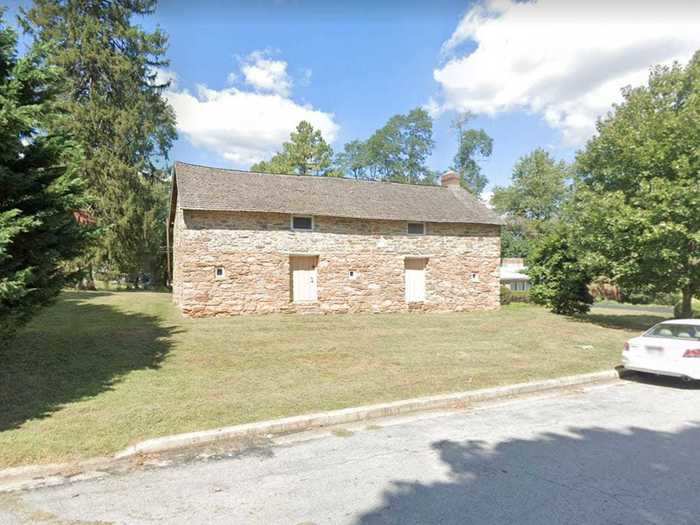
The stone structure was commissioned by the Royal Governor, Sir Francis Nicholson, in 1693 to protect trading routes in Maryland. The building actually had a fireproof roof to protect it from flaming arrows.
In the 1960s, community members in the area organized a "Save the Fort" campaign, and eventually the land was reclaimed by Baltimore County, and restored.
MASSACHUSETTS: Fairbanks House in Dedham

The Fairbanks House is the oldest known wooden structure standing in North America. It was built around 1637 by Jonathan Fairbanks for his wife and six kids to live in, and it was home to eight generations of Fairbankses over 268 years.
The home has since been added to the National Register of Historic Places and is now a museum.
MICHIGAN: Fort Mackinac on Mackinac Island
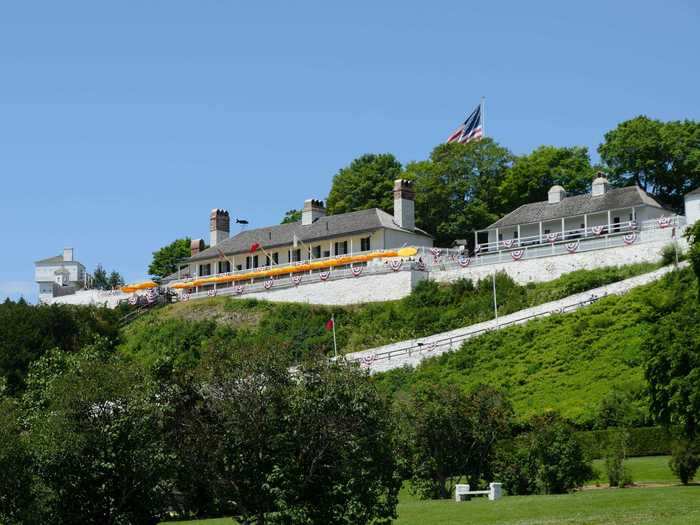
There are many historical buildings on Mackinac Island, including Fort Mackinac, whose Officers Stone Quarters were built in 1780, making them the oldest building in Michigan.
The Fort was built by the British Army, but it was turned over to the US in 1796. It was essentially abandoned until the Stone Quarters were set aside to be part of a museum in 1914.
MINNESOTA: Fort Snelling in Saint Paul
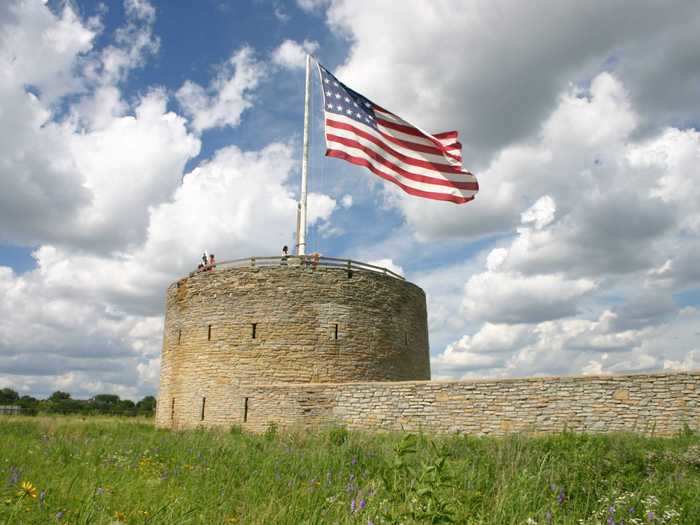
Construction began on Fort Snelling in 1820, and it was completed by 1825. It was originally built to keep British fur traders from expanding into the northwestern US, but was in service until 1858, when Minnesota became an official state and the US government had built outposts further west.
It now features tours, a shop, exhibits, and camps and youth programs.
MISSISSIPPI: LaPointe-Krebs House in Pascagoula
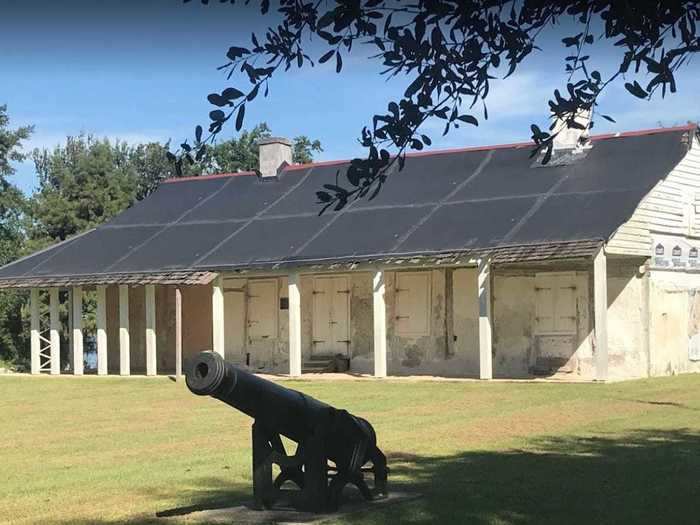
Not only is the LaPointe-Krebs house the oldest structure in Mississippi, it's the oldest structure in the whole Mississippi Valley, having been built in 1757. This means it pre-dates the American Revolutionary War by over two decades.
The on-site museum is currently open, but the house itself is "undergoing the most comprehensive restoration in its history," per its website.
MISSOURI: Wilson's Creek National Battlefield in Republic

On August 10, 1861, approximately 5,400 Union Troops fought against 12,000 Confederates on the site of Wilson's Creek National Battlefield. Wilson's Creek is recognized as the first Civil War battle fought west of the Mississippi River. The site still has old relics from the war, including the Grand Army of the Republic flag of Captain Mack from the 1800s, and Civil War cannons.
MONTANA: Stevensville
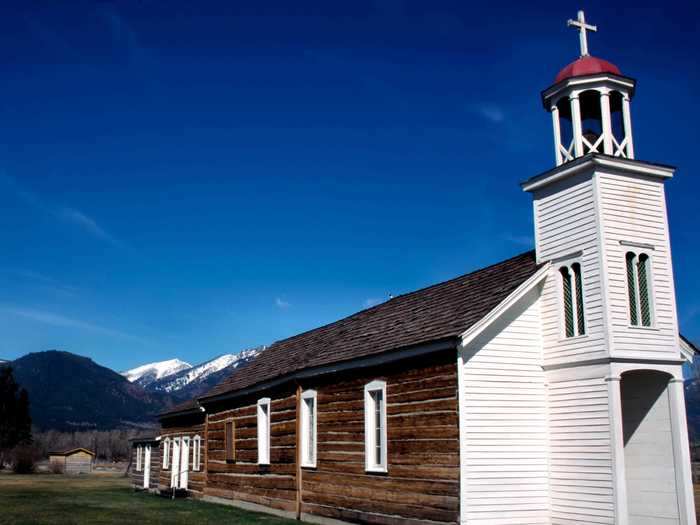
Stevensville, which is often called "where Montana began," is home to Fort Owen, which is thought to be the first permanent settlement in Montana. St. Mary's Mission, pictured above, was founded by Jesuit priest Fr. Pierre De Smet in 1841, and remains open as a museum today.
NEBRASKA: Chimney Rock National Historic Site in Bayard
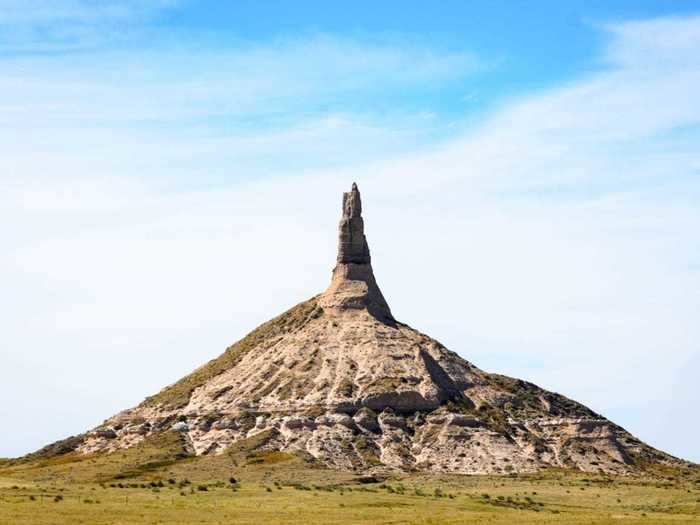
Chimney Rock, a 480-foot high geological rock formation in western Nebraska, stood as a landmark for pioneers heading west in the 19th century, and it is said to be around 24 to 25 million years old. It is one of the most iconic landmarks in the entire state.
NEVADA: Tule Springs Fossil Beds National Monument in Las Vegas
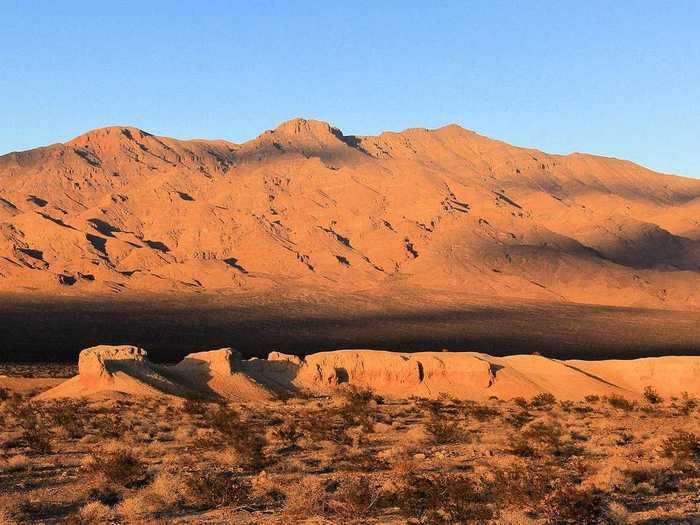
Located about 30 minutes northwest of Sin City, Tule Springs itself is relatively new, but the fossils the National Monument has on display are anything but.
Lions, camels, and mammoths from the Ice Age are among some of the preserved fossils you'll be able to view here for free.
NEW HAMPSHIRE: Lost River Gorge and Boulder Caves in North Woodstock
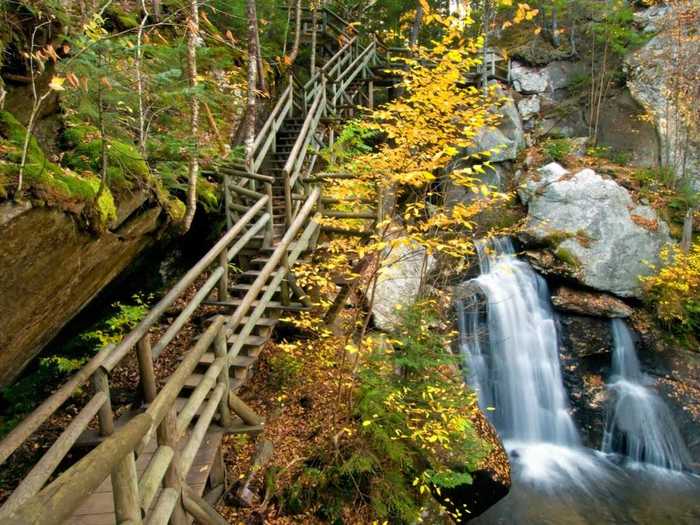
After the last Ice Age ended, the mile-long glaciers covering the White Mountains melted, carving deep caves into the granite and forming what is now known as the Lost River Gorge.
While the first documented exploration of Lost River was in 1852, you can view the natural wonder of the Lost River today as it winds through mysterious boulders and caves and appears again as breathtaking waterfalls.
NEW JERSEY: Nothnagle Log House in Gibbstown
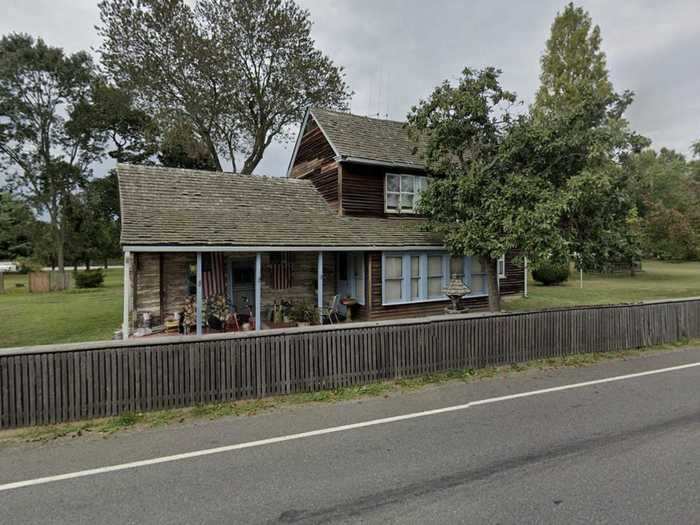
Records indicate that the Nothnagle Log House, a historic cabin on Swedesboro-Paulsboro Road in Gibbstown, New Jersey, is one of the oldest in the United States. It was built between 1638 and 1643 by Finnish settlers.
Harry and Doris Rink, who reside in the adjoining structure, conduct tours for the cabin by appointment. Or, if you're really interested, it's for sale!
NEW MEXICO: Chaco Culture National Historical Park
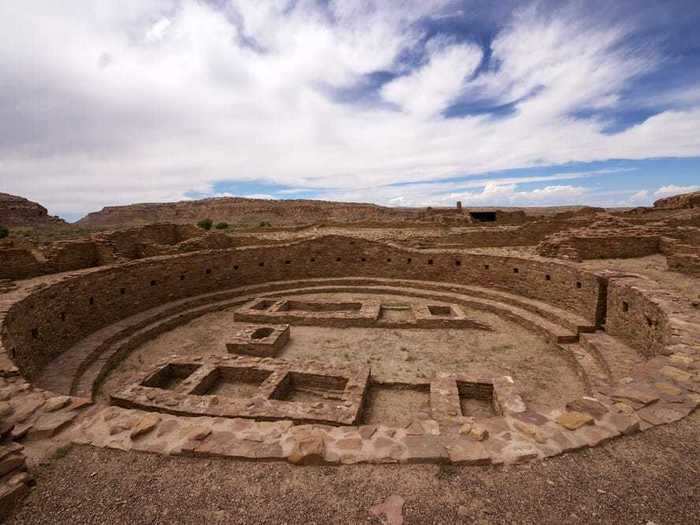
Sure, you can visit the Barrio De Analco Historic District in New Mexico if you want to check out the state's oldest house and oldest mission church, but venture over to Chaco Culture National Historical Park to lay eyes on ruins left behind by the Ancient Pueblo People, who occupied the area between AD 850 and 1150.
NEW YORK: Wyckoff Farmhouse Museum in Brooklyn
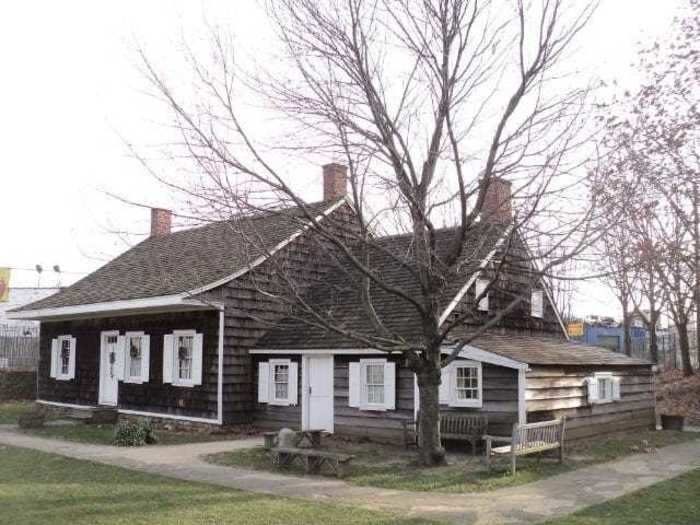
Built in 1652, the original portion of the Wyckoff Farmhouse Museum (then called the Wyckoff house) is both a National Historic Landmark and the oldest-known building in New York City — then New Amsterdam in the Dutch-controlled colony of New Netherland.
NORTH CAROLINA: The Blowing Rock
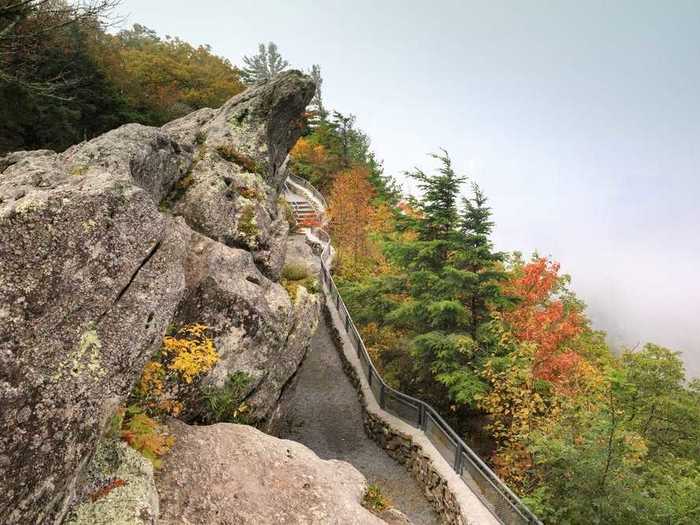
Blowing Rock, an immense cliff that towers 4,000 feet above sea level overhanging Johns River Gorge, is North Carolina's oldest travel attraction, having first attracted visitors in 1933. The cliff itself is believed to be 250 million years old.
Legend has it that a forlorn Native American, unable to choose between his beloved maiden and his responsibilities to protect his tribe, leapt from the rock into the forest. The woebegone maiden prayed daily until her paramour was "blown" back into her arms.
NORTH DAKOTA: Fort Totten State Historic Site in Fort Totten
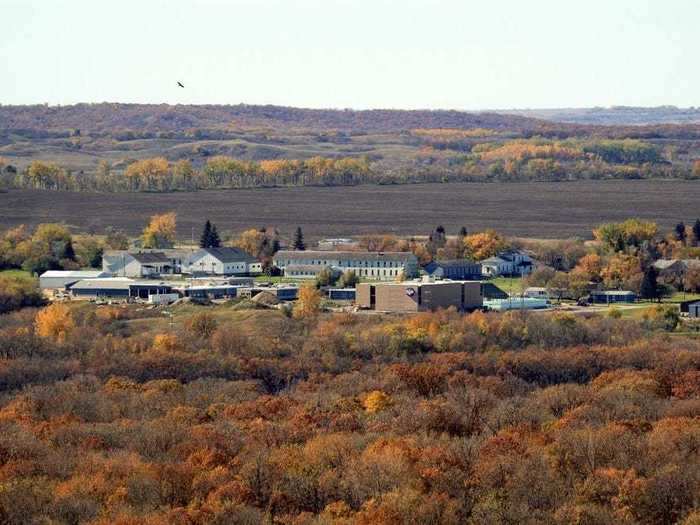
Fort Totten, which became a North Dakota State Historic Site in 1960 and was listed on the National Register of Historic Places in 1971, preserves a military post that was built in 1867. The post was used as a military reservation until 1890, when it became a boarding school for Native American children. Now, the brick buildings on the lot are used to house museum exhibits.
OHIO: Old Stone Fort in West Lafayette
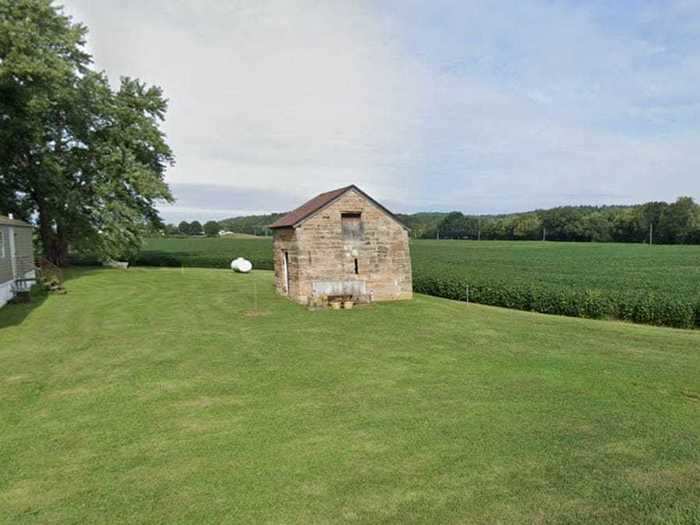
Presumed by many to be the oldest building in Ohio — and possibly the Midwest — the Old Stone Fort in Coshocton County, Ohio, is shrouded in mystery. Nobody knows the exact date the fort was built, but popular opinion suggests that French explorer, D'Iberville, built it between 1679 and 1689.
OKLAHOMA: Cherokee National Supreme Court Museum in Tahlequah
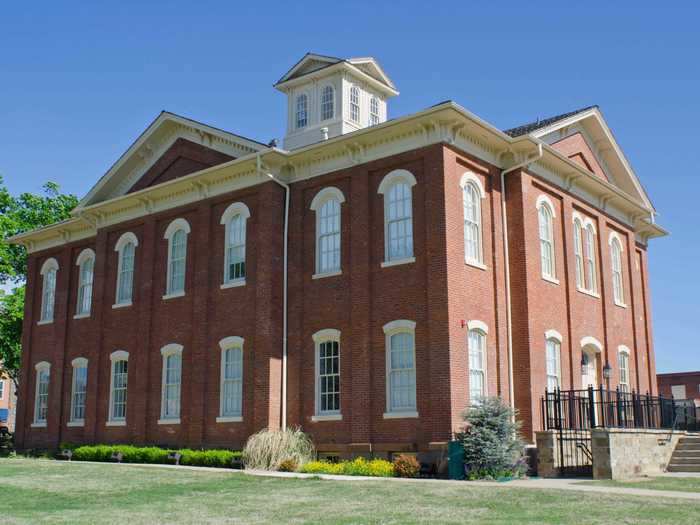
The Cherokee National Supreme Court Museum was built in 1844 by James S. Pierce. It is now the oldest government building still standing in Oklahoma.
OREGON: National Historic Oregon Trail Interpretive Center
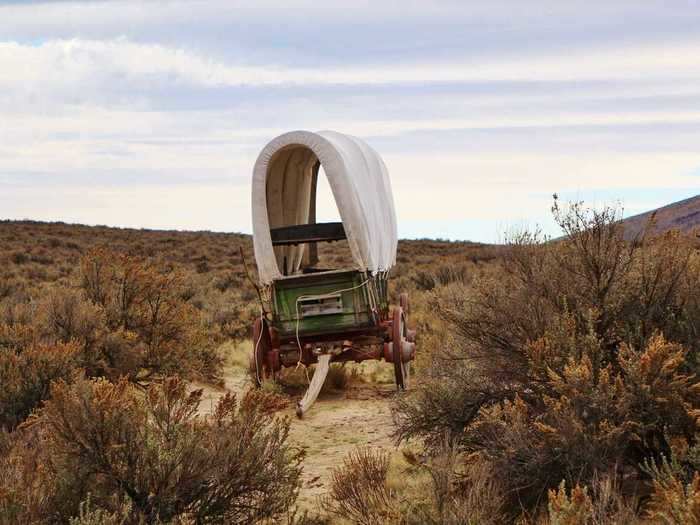
The Oregon Trail is a historic, 2,000 mile trail laid down by traders and fur trappers from about 1811 to 1840. Hundreds of thousands of American pioneers used it to emigrate west. Visitors can look at actual ruts carved by pioneer wagons, remnants of the historic Flagstaff Gold Mine, and more on the 500-acre site of the National Historic Oregon Trail Interpretive Center.
PENNSYLVANIA: Gloria Dei Church in Philadelphia
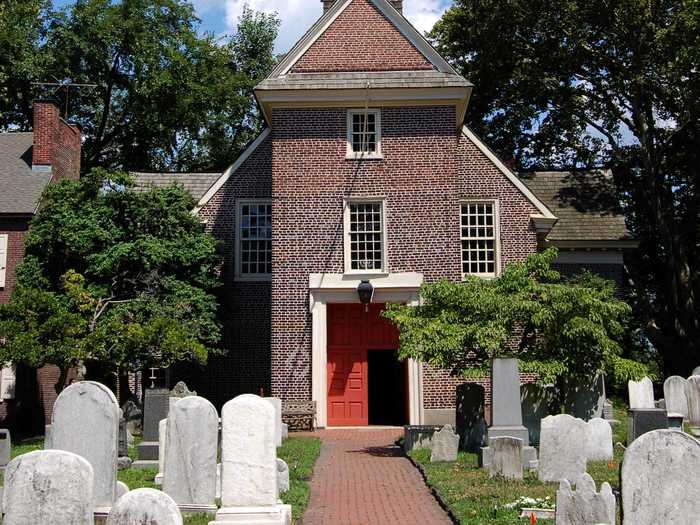
Just a handful of years after Philadelphia was founded, the Gloria Dei Church was "built between 1698 and 1700 for Swedish settlers," according to the Philadelphia Inquirer. It is colloquially known as Old Swedes' Church.
Both the church and its cemetery are open for visitors every day except Mondays.
RHODE ISLAND: First Baptist Church in America in Providence
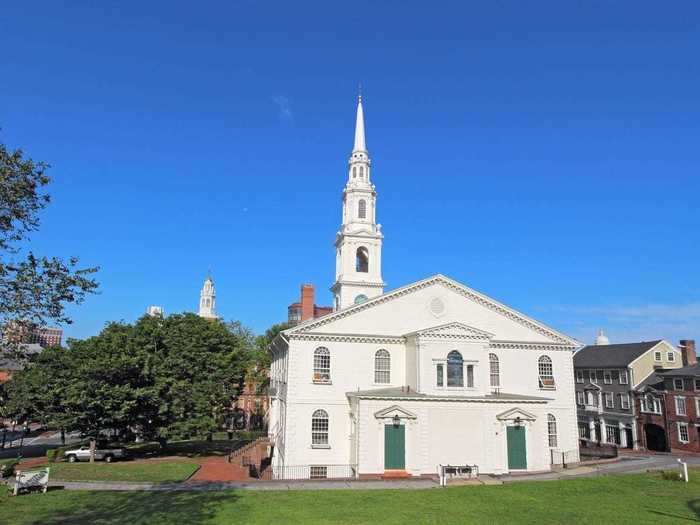
Also known as First Baptist Meetinghouse, the First Baptist Church in America was founded by Roger Williams in 1636, back when Rhode Island was still called "Providence Plantation." The church marked the first place that the separation of church and state and religious liberty were recognized.
SOUTH CAROLINA: The Middleton Oak tree (Middleton Place) in Dorchester County
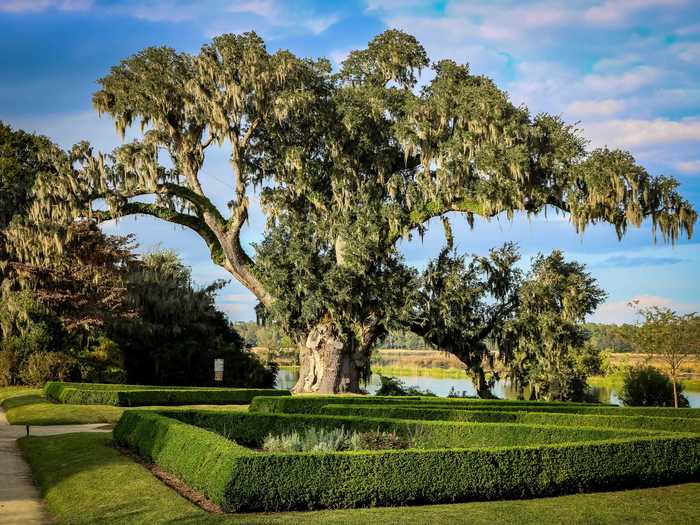
Middleton Place is a 65-acre plantation in Dorchester County built in phases during the 18th and 19th centuries, though most believe construction began in the late 1730s. The plantation is home to the Middleton Oak, a majestic oak tree that is believed to be more than 900 years old.
SOUTH DAKOTA: Broken Boot Gold Mine in Deadwood
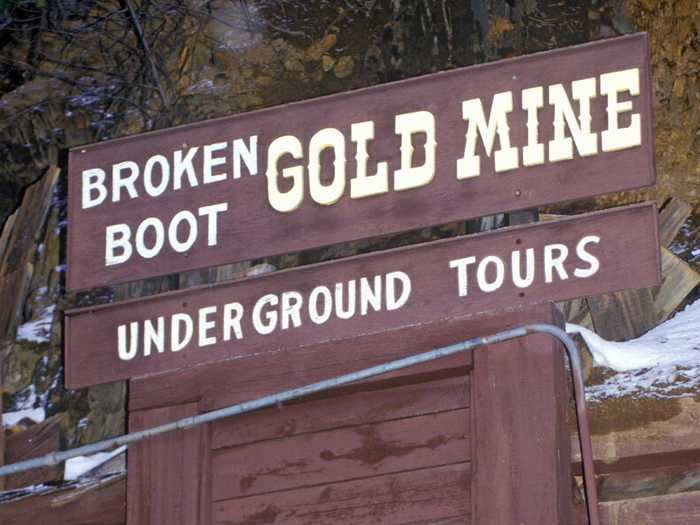
Established in 1878, one of America's last great gold rushes occurred at Deadwood's Broken Boot Gold Mine.
TENNESSEE: Fort Loudoun State Historic Park in Nashville
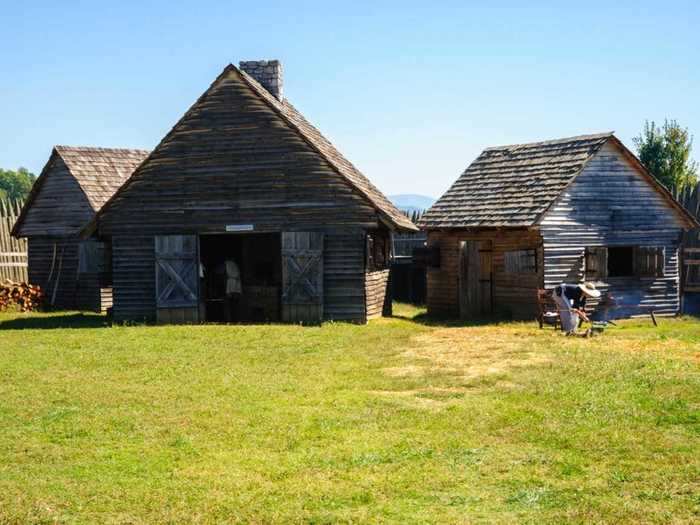
Built in 1756, Fort Loudoun State Historic Park is one of the earliest British colonial-era fortifications in what is now Monroe County, Tennessee. The fort's existence was short-lived — the Cherokee captured it and its garrison in 1760, though it was rebuilt during the Great Depression.
TEXAS: San Antonio Missions National Historic Park
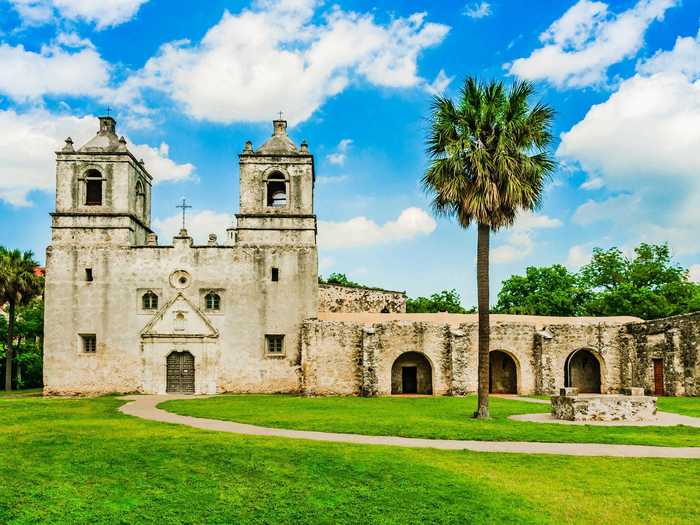
Mission Concepción stands as the oldest un-restored stone church in America. Said to have been established in 1716, it was dedicated in 1755, and still looks very similar to how it did two centuries ago.
UTAH: The Great Salt Lake in Salt Lake City
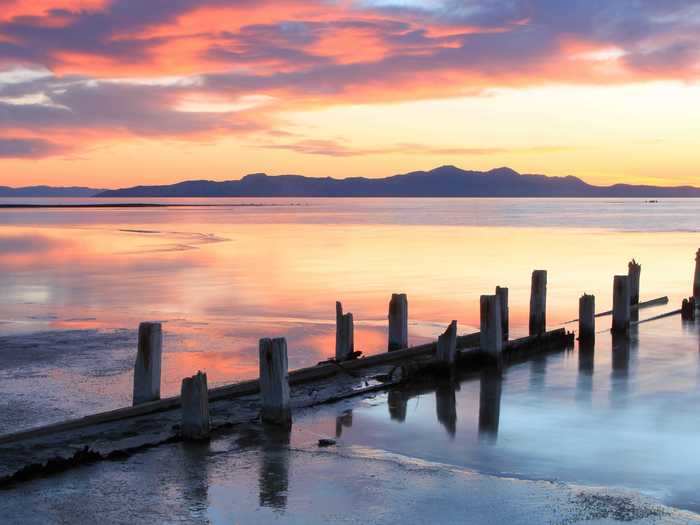
The Great Salt Lake (of Salt Lake City fame) is the largest natural lake west of the Mississippi River at 75 miles long and 35 miles wide. Great Salt Lake originated from Lake Bonneville, a lake dating back to the Ice Age 30,000 years ago.
Great Salt Lake is too salty for most types of fish or other wildlife, which makes it perfect for swimming, kayaking, and other aquatic activities. But the main draw of the lake is the sunset view, which John Muir, aka the Father of the National Parks, called "one of the great views on the American Continent."
VERMONT: Marble quarry in Dorset
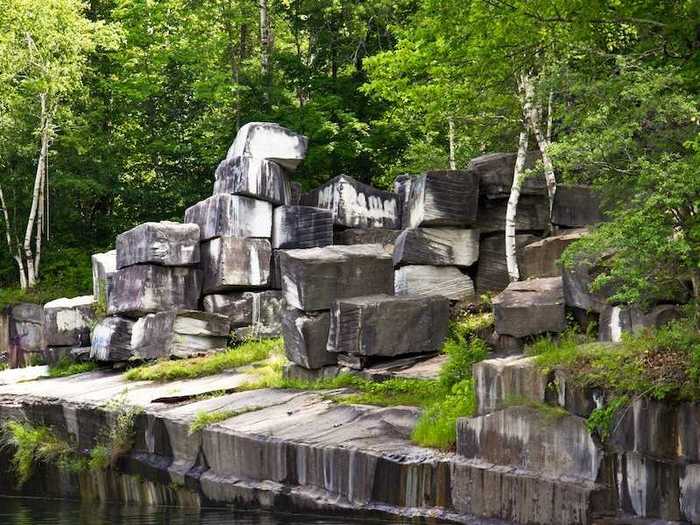
The marble quarry in Dorset, Vermont, was in operation from 1785 to about 1874, making it the oldest quarry in the United States.
VIRGINIA: Historic Jamestowne
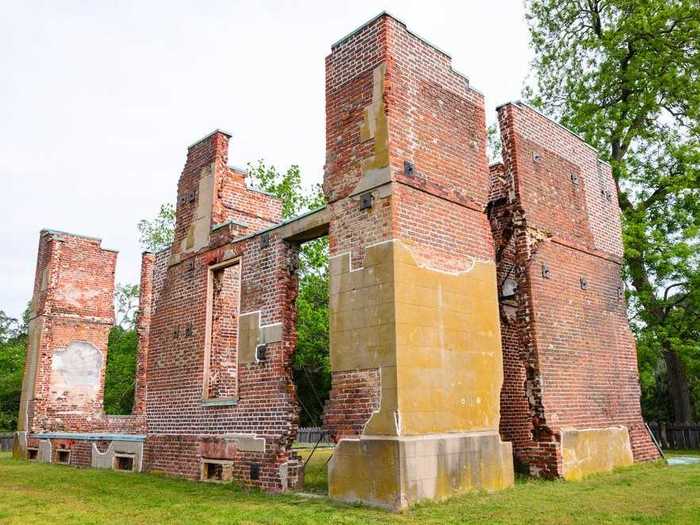
Jamestown was the site of the very first permanent English settlement in North America. Established in 1607, Historic Jamestowne is now a cultural heritage site. Visitors can visit the site where Pocahontas married Captain John Rolfe in 1614 and witness archaeological excavations that are still underway in the city.
WASHINGTON: Tsagaglalal (She Who Watches) in Lyle
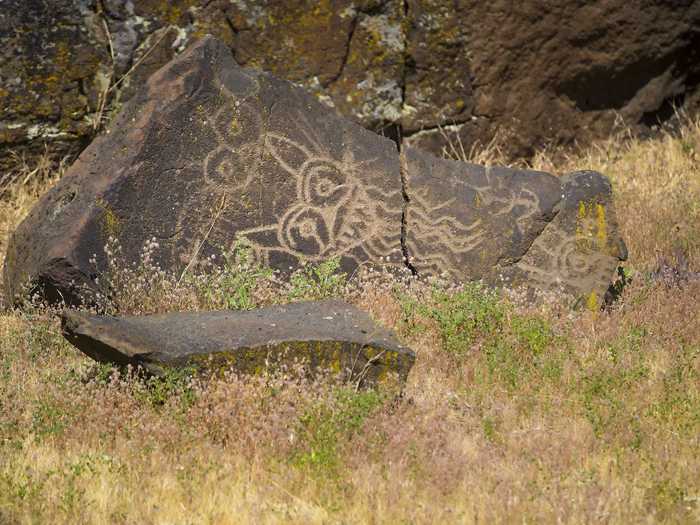
One of the most well-known pictographs in America resides in the Columbia Hills State Park. It's called the Tsagaglalal, which translates to "She Who Watches." While it's hard to know how old it is, similar artifacts were found at cremation and burial sites dating from AD 1700 to AD 1840.
Legend has it that a female chief, worried about what would hapen to her tribe when she was gone, was tricked by a coyote who turned her into a rock to watch over her people forever.
WEST VIRGINIA: Entler Hotel in Shepherdstown
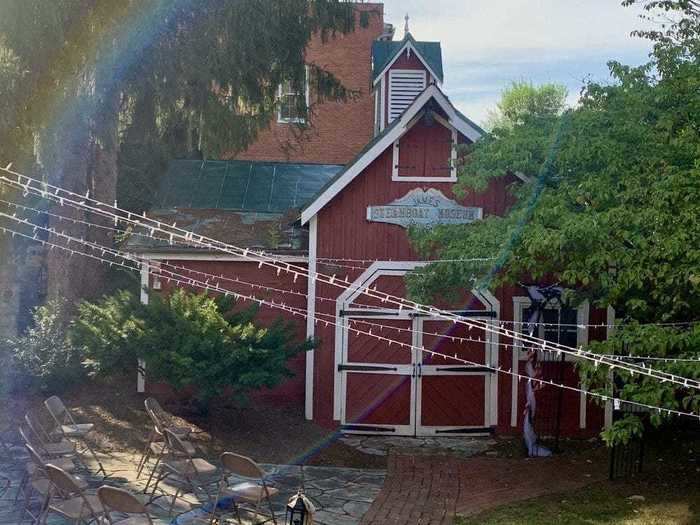
The Entler Hotel is one of West Virginia's most prominent historic icons, with origins dating all the way back to 1786. While the house — also known as Rumsey Hall — burned down in 1912, its foundations still remain. Today, the Historic Shepherdstown Museum is inside of the hotel.
WISCONSIN: The Wakely Tavern at Point Basse
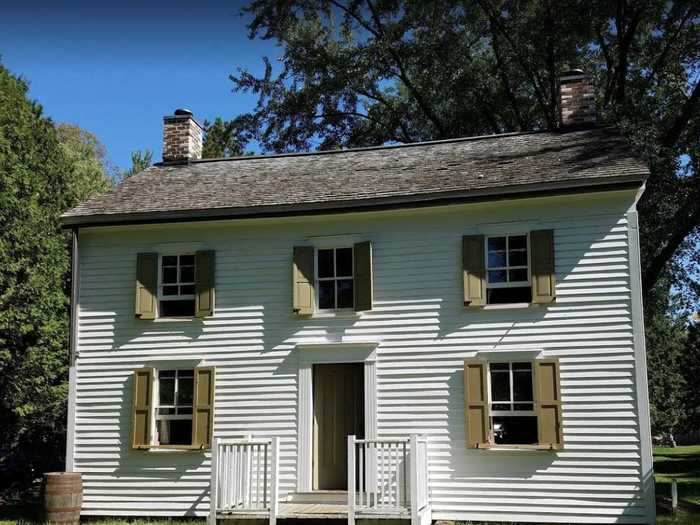
Robert and Mary Wakely built the Wakely tavern and inn in 1842 at Point Basse, near Nekoosa, Wisconsin. Wakely was listed on the National Register of Historic Places in 1974. Today, it's part of Historic Point Basse, a living history museum.
WYOMING: Old Faithful in Yellowstone National Park
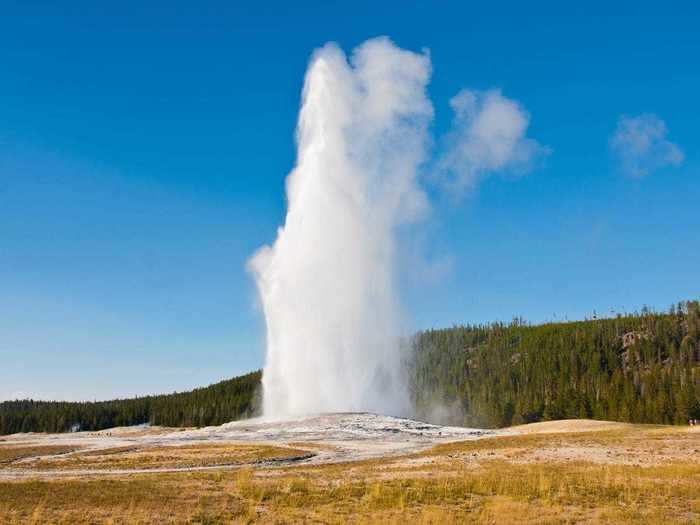
Yellowstone National Park, which spans 3,468.4 square miles, was established by Congress on March 1, 1872, making it the oldest national park in the US. Make sure to check out Old Faithful, a geyser that erupts around 20 times a day and was named during the Washburn Expedition of 1870.
READ MORE ARTICLES ON
Popular Right Now
Popular Keywords
Advertisement